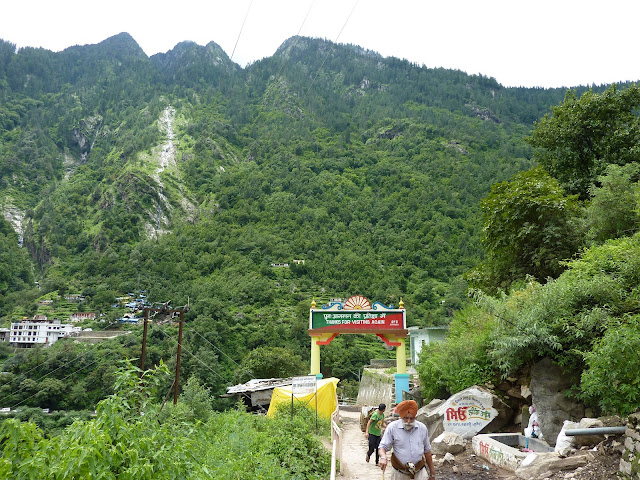Posts
Showing posts from 2012

Posted by
Flowergirl
A pelican-sized quarrel
- Get link
- X
- Other Apps

Posted by
Flowergirl
Deepavali at Rishi Valley once more
- Get link
- X
- Other Apps

Posted by
flowergirl
Deepavali at Rishi Valley - Vignettes from Nature
- Get link
- X
- Other Apps
Posted by
Flowergirl
Sanctuary Asia talks about the way forward
- Get link
- X
- Other Apps
Posted by
Flowergirl
Birds of Pangot and Sattal
- Get link
- X
- Other Apps
Posted by
flowergirl
Flamingo flock makes pit stop in Chennai - The Times of India
- Get link
- X
- Other Apps
Posted by
flowergirl
Tibetan mountain finch rediscovered after 80 years
- Get link
- X
- Other Apps
Posted by
flowergirl
Hullabaloo in the banyan tree
- Get link
- X
- Other Apps
Posted by
flowergirl
Bharatpur may get more water
- Get link
- X
- Other Apps
